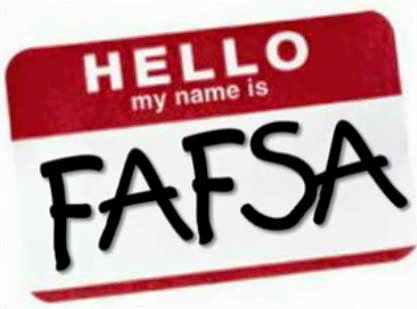In any college application, once you get past the
demographics, grades, and standardized test scores, comes activities. Extracurricular activities and leadership roles have always been part of admissions; but also colleges want to read about students doing positive work that impacts the
community. According to a survey conducted by DoSomething.org, admissions officers
reviewing applications are looking to see students have spent time giving back
to their communities. Yet before your high schooler starts signing up for volunteer
hours, keep in mind that there’s no magical number to achieve. Colleges want to know why
your student is doing the service work. Therefore projects that matter are
those that –
Show long-term
commitment. Spending an hour a week after school over a semester demonstrates
more commitment than volunteering broad over spring break.
Demonstrate
leadership, depth, and passion. When choosing a volunteer project, students
should select ones that connect to their interests, and demonstrate leadership and
passion for a particular cause. Projects that read mandatory or required are
frowned upon.
Make for
excellent college essays. Community service projects are a perfect way to
capture who your student is as a person, their leadership potential, unique qualities,
passions, well-roundedness, and his or her genuine interest in uplifting others.
Help your student find fun ways to give back this holiday
season. Stand Out College Prep has put together a list of ideas for your
student to make a BIG difference in your community that make an IMPACT on college admissions. All projects
listed are ones that can be made into long-term commitments. Encourage your student
to start small, get early wins, and build service opportunities from there.

















